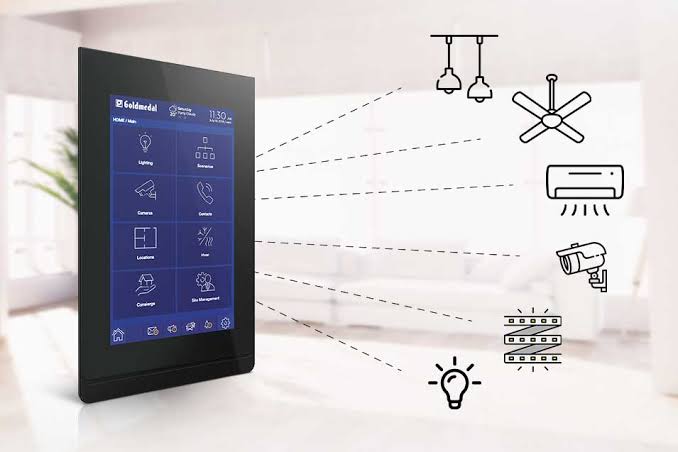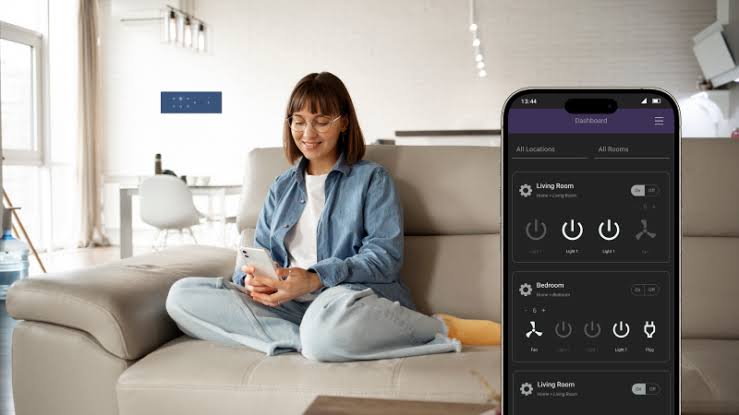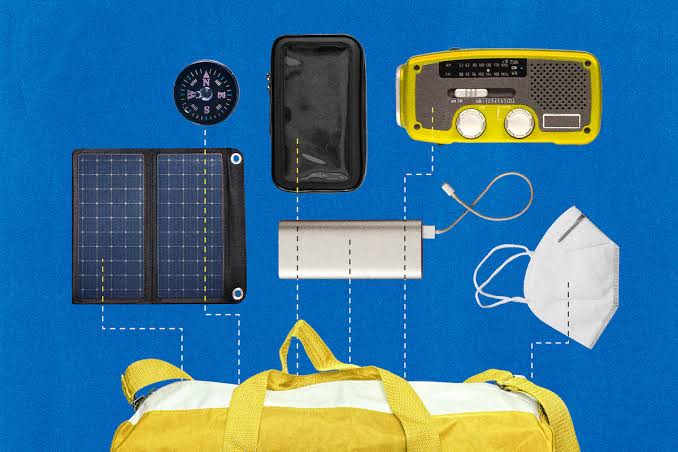Home automation has evolved significantly in the last decade, transforming ordinary houses into intelligent living spaces that adapt to the needs of their occupants. As of 2025, smart gadgets are at the heart of this evolution, offering convenience, security, efficiency, and personalization like never before. These devices connect through the Internet of Things (IoT), enabling users to control lighting, temperature, security, appliances, and entertainment systems from anywhere. By integrating smart gadgets into home automation, homeowners can create living environments that are not only comfortable but also energy-efficient and secure.
The Role of Smart Gadgets in Home Automation
Smart gadgets are internet-connected devices equipped with sensors, software, and sometimes artificial intelligence to automate tasks and respond to user commands. When integrated into home automation systems, these devices communicate with each other to create a synchronized and adaptive environment. The goal is to minimize manual effort while optimizing energy use and improving overall home management.
Key roles of smart gadgets in home automation include:
- Automation of routine tasks like lighting, climate control, and appliance operation
- Remote access and monitoring via smartphones or voice assistants
- Data collection and analysis for personalized recommendations
- Enhanced safety and security through real-time alerts and monitoring
Key Smart Gadgets for Home Automation
1. Smart Lighting Systems
Smart lighting is one of the most popular and impactful home automation features. Gadgets like smart bulbs and switches allow users to control brightness, color, and timing through mobile apps or voice commands.
Benefits include:
- Automated schedules based on sunrise, sunset, or occupancy
- Energy savings through motion-sensor and dimming features
- Ambiance customization for different activities or moods
2. Smart Thermostats and Climate Control
Devices such as Nest, Ecobee, and Honeywell smart thermostats learn user preferences and adjust heating or cooling automatically. Some also monitor humidity and air quality.
Advantages include:
- Significant energy savings through adaptive climate management
- Remote adjustments from mobile devices while away from home
- Integration with weather forecasts to optimize energy use
3. Smart Security Systems
Security is a major aspect of home automation. Smart cameras, doorbell cameras, locks, and alarm systems allow homeowners to monitor and protect their property in real time.
Key features:
- Live video streaming and recording for home surveillance
- Motion detection alerts and facial recognition for better security
- Remote locking and unlocking of doors for visitors or deliveries
4. Smart Appliances and Kitchen Gadgets
Modern appliances are increasingly connected to home automation systems, making daily tasks more efficient. Examples include:
- Smart refrigerators that track inventory and suggest recipes
- Wi-Fi-enabled ovens that can be preheated remotely
- Robotic vacuum cleaners and mops that clean on schedules
These gadgets save time while improving convenience and household management.
5. Voice Assistants and Central Hubs
Voice-controlled devices like Amazon Alexa, Google Home, and Apple HomePod serve as the central hubs for many smart homes. They enable hands-free control of multiple gadgets with simple voice commands.
Benefits include:
- Unified control of lighting, security, entertainment, and appliances
- Integration with third-party apps and services for added functionality
- Personalized routines, such as “good morning” or “bedtime” sequences
Benefits of Smart Gadgets in Home Automation
- Convenience and Comfort: Tasks like turning off lights, adjusting temperature, or checking security cameras can be done effortlessly.
- Energy Efficiency: Automated systems reduce energy consumption by optimizing usage patterns.
- Enhanced Security: Smart cameras and alarms provide 24/7 monitoring and instant alerts.
- Cost Savings: Efficient energy use and early maintenance alerts can lower utility and repair costs.
- Customization: Users can create personalized settings for lighting, entertainment, and climate control.
Challenges and Considerations
While smart gadgets enhance home automation, there are challenges to consider:
- Privacy and Security Risks: Internet-connected devices can be vulnerable to hacking if not secured.
- Device Compatibility: Not all gadgets integrate smoothly with every home automation platform.
- Cost of Implementation: Setting up a fully automated home can require significant upfront investment.
- Internet Dependence: Most smart systems rely on stable Wi-Fi for full functionality.
The Future of Smart Gadgets in Home Automation
The future of home automation lies in more intelligent and self-learning systems. Emerging trends include:
- AI-Driven Personalization: Homes that anticipate user needs and adjust settings automatically
- Energy-Smart Homes: Integration with renewable energy sources and smart grids for efficiency
- Seamless Device Interoperability: Standardized platforms that eliminate compatibility issues
- Enhanced Security Protocols: Stronger encryption and privacy measures to protect personal data
By 2030, smart homes are expected to operate almost autonomously, with gadgets coordinating tasks without constant human input.
Conclusion
Smart gadgets are the driving force behind the modern home automation revolution. They bring convenience, security, and energy efficiency, turning ordinary houses into intelligent living spaces that adapt to their occupants’ needs. While challenges like cost and cybersecurity remain, the growing integration of AI and IoT ensures that home automation will become even more seamless, intuitive, and essential in the years to come.



